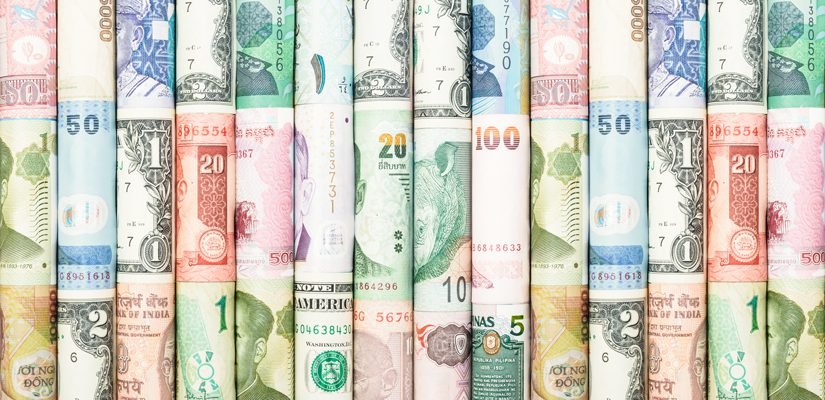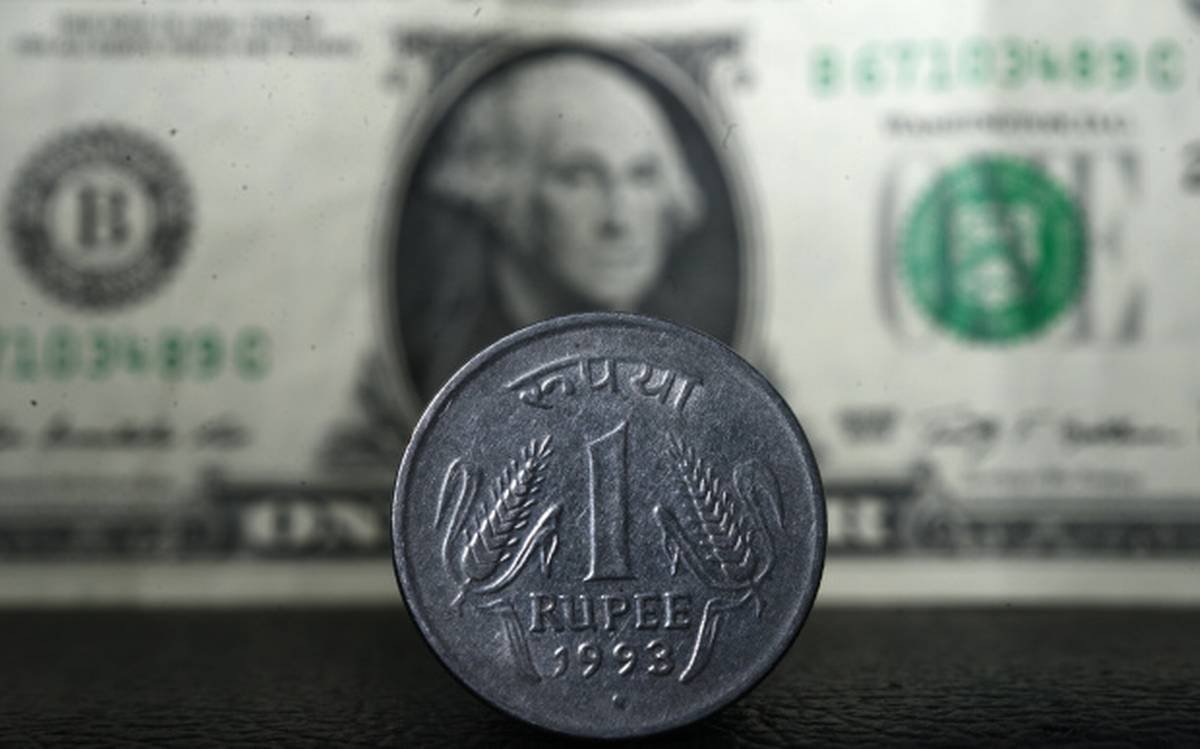On Friday, the Indian rupee experienced minimal changes in its trading as corporate demand for dollars led to a decline from the day’s peak. At 10:34 a.m. IST, the rupee was trading at 82.0625 against the dollar, a slight difference from the previous session’s rate of 82.0725. Although the currency reached a nearly two-week high of 81.94 earlier in the day, it is still on track to have its most successful week in over four months.
Date: July 14, 2023
Place: New Deli, India
Despite the ongoing trend of the dollar index, the rupee has remained relatively stable, according to a trader from a private bank. This stability is primarily attributed to the expectation that the Reserve Bank of India will limit the rupee’s appreciation beyond 81.80, along with importers hedging their positions and speculators exercising caution. Unless the rupee convincingly surpasses 81.80, a rangebound market can be anticipated.
Meanwhile, in the broader market, Asian shares and currencies were on the rise, while the dollar index dropped to a 15-month low below 100. This decline came as the market anticipated the Federal Reserve to pause interest rate hikes. The latest U.S. producer price data further reinforced the expectation that the Fed is nearing the end of its rate hiking cycle.
Investors have already factored in a 25 basis points (bps) rate hike by the Fed during its upcoming July 25-26 meeting. Beyond that, it is widely anticipated that the U.S. central bank will pause its rate increases. Consequently, the S&P 500 Index reached a 15-month high on Thursday, and U.S. yields continued to decline based on the expected rate outlook.
With the slide in U.S. yields, the dollar-rupee far forward premiums continued to rise gradually. The one-year implied yield climbed to a more than two-week high of 1.76% during Friday’s trading.
Disclaimer
The following article contains information provided by CurrencyVeda for educational purposes only. The views and opinions expressed in this article are solely those of the author and do not necessarily reflect the official policy or position of CurrencyVeda. The article should not be considered financial advice or a recommendation to engage in any trading activities. Readers are advised to conduct their own research and consult with a qualified financial advisor before making any investment decisions.




